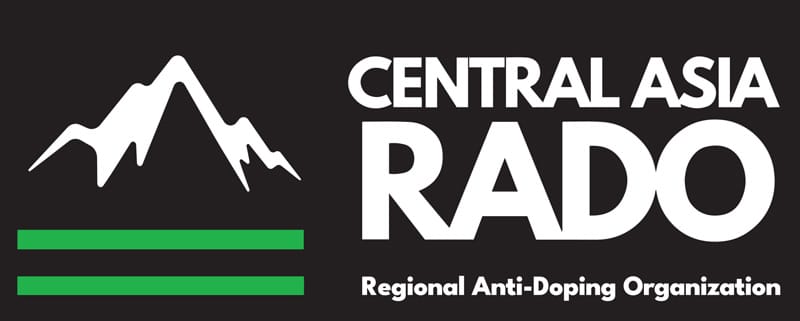As of 1 January 2025, the 2025 List of Prohibited Substances and Methods (the List), along with the 2025 Monitoring Program, has officially come into force.
According to the 2025 Summary of Major Modifications and Explanatory Notes, several important updates have been made to better support athletes, their support personnel, and the wider anti-doping community:
- Expanded Examples: Additional examples have been added under the following substance classes to help athletes more easily recognize prohibited substances:
- S0: Non-approved substances
- S4: Hormone and metabolic modulators
- S5: Diuretics and masking agents
- S6: Stimulants
- Formoterol Use: While the maximum permitted daily dose of formoterol remains unchanged, the recommended dosing intervals have been updated.
- Blood Donation: Donation of blood or blood components, including via apheresis, is now permitted if conducted at an accredited collection center.
- Hydrafinil: Now classified as a non-specified stimulant under the List.
- Guanfacine: It has been clarified that guanfacine is not prohibited.
- Beta-blockers: These substances are no longer prohibited in any skiing or snowboarding disciplines.
Therapeutic Use Exemption (TUE) Program
Athletes who require the use of a prohibited substance or method for legitimate medical reasons may apply for a Therapeutic Use Exemption (TUE). TUEs are granted based on strict criteria outlined in the International Standard for Therapeutic Use Exemptions (ISTUE).
The TUE Program plays a critical role in protecting the health of athletes while ensuring fair competition and has widespread support among athletes, physicians, and anti-doping stakeholders.


